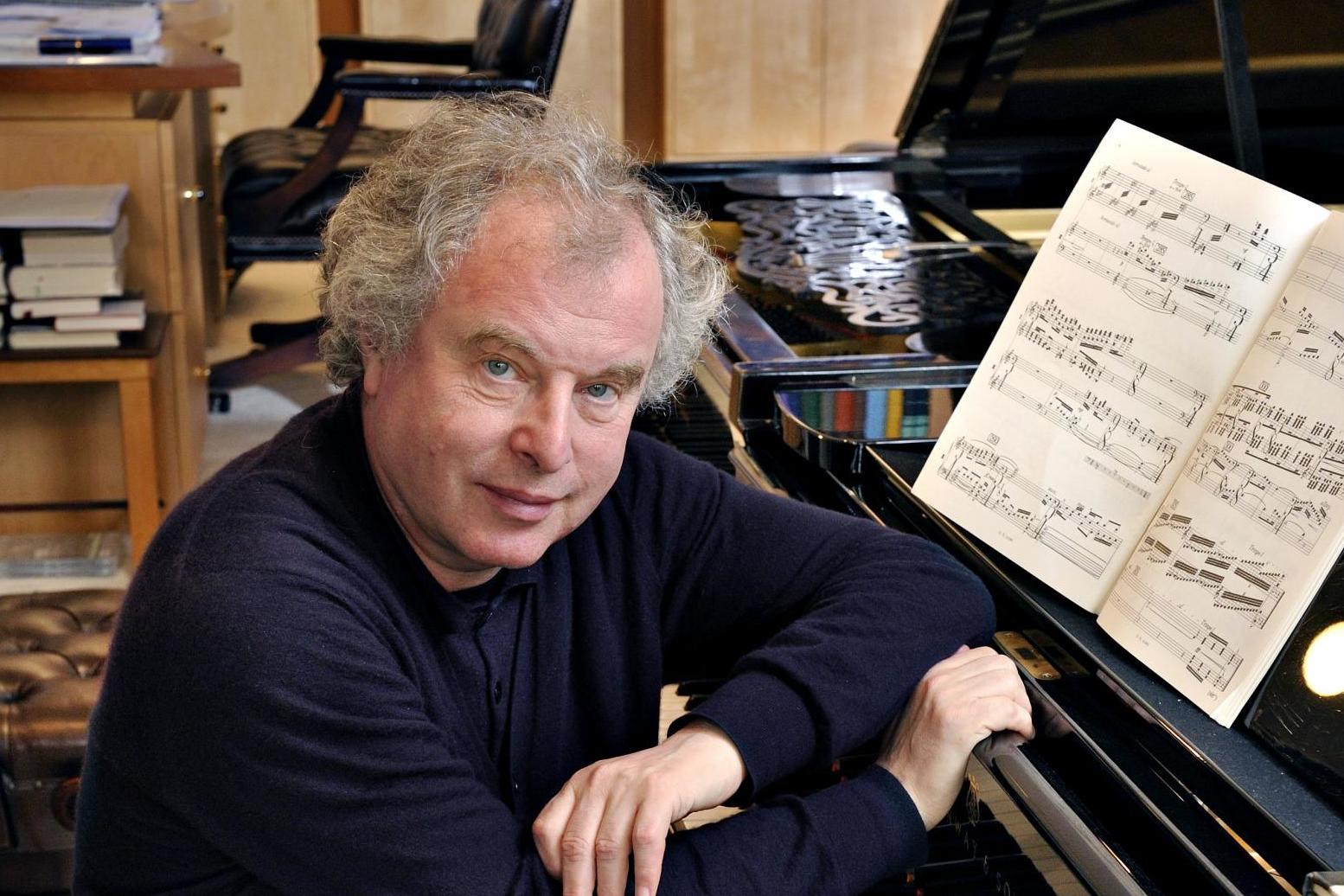Andras Schiff, Wigmore Hall, review: Piece after piece emerges in unexpected and often brilliant colours
The world-famous pianist reveals a new way of listening to Bach’s Partitas at London’s Wigmore Hall

Sir Andras Schiff – the honorific suits him better with every year that passes – is on a roll. After demonstrating in concert the suitability of the fortepiano for Schubert’s works, he has just brought out a CD (Franz Schubert – Sonatas & Impromptus) which drives the point unarguably home: to call this performance of the final two sonatas revelatory is nothing less than the truth, because the sound-world on his immaculately restored 1820 Brodmann up-ends all our expectations of these mysterious works; a Steinway, for all its sonic splendour, suddenly seems wildly inappropriate.
Now Schiff is showing us a new way of listening to Bach’s Partitas, and if the aural readjustment is less dramatic than the one with Schubert, it’s no less fundamental. As is usual with Schiff recitals, the Wigmore is getting him to repeat the performance to cope with the demand for seats, and if they’d scheduled further repeats those too would have been filled to capacity. Nobody else fills the hall the way this Hungarian-born pianist – now gratefully British – routinely does.
He’s played these works many times before, but as he admits in a quizzical little preamble, never all six in one fell swoop, “and in the wrong order”. But first he explains why his Bösendorfer is in flamingly ruddy mahogany rather than the usual lacquered black. Why, he asks, should all the other instruments of the orchestra come in natural browns and russets, while the piano is a funereal black box? He’s commissioned the creation of this beautiful beast as a protest.
His reason for reordering the works is no less intriguing. The first opens with a perfectly tranquil prelude. “At the beginning of a concert I am anything but calm, and the tranquillity of the first Partita makes me even less calm.” So instead he launches with crisp forcefulness into the “Praeambulum” of Partita No 3. As these works unfold – each one a series of dances – it becomes clear that Schiff’s focus is on pattern and style rather than on emotion, and on how Bach manages to create masterpieces out of seemingly trivial ideas. It all has a vernal freshness, and Schiff’s touch is light and playful.
If he also compels disagreement at times, that’s no bad thing. Piece after piece emerges in unexpected and often brilliant colours, but I would prefer “Sinfonia” in the Partita No 2 to have had orchestral grandeur rather than his drily perfunctory treatment, while his eschewal of emotion in the Sarabandes seems perverse.
But in the final Partita – which absolutely had to come last – Schiff brings the house down, starting with a majestic “Toccata” followed by a fluently nimble “Corrente” and a “Sarabande” which cries to the heavens. Then comes the mightiest and craziest fugue Bach ever wrote, turning its subject inside out, upside down, and back to front until we’re dizzy with disbelief. But not Schiff, who strolls away from this immaculate feat of memory and transcendent artistry as though nothing could have been simpler.
The concert is performed again at Wigmore Hall on 14 May
Subscribe to Independent Premium to bookmark this article
Want to bookmark your favourite articles and stories to read or reference later? Start your Independent Premium subscription today.

Join our commenting forum
Join thought-provoking conversations, follow other Independent readers and see their replies